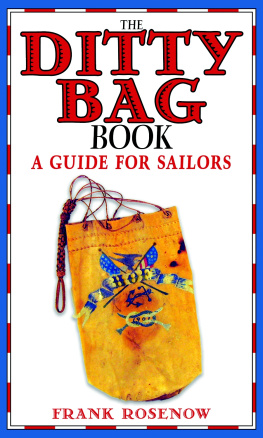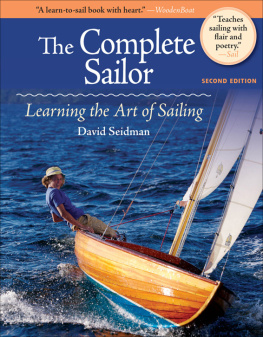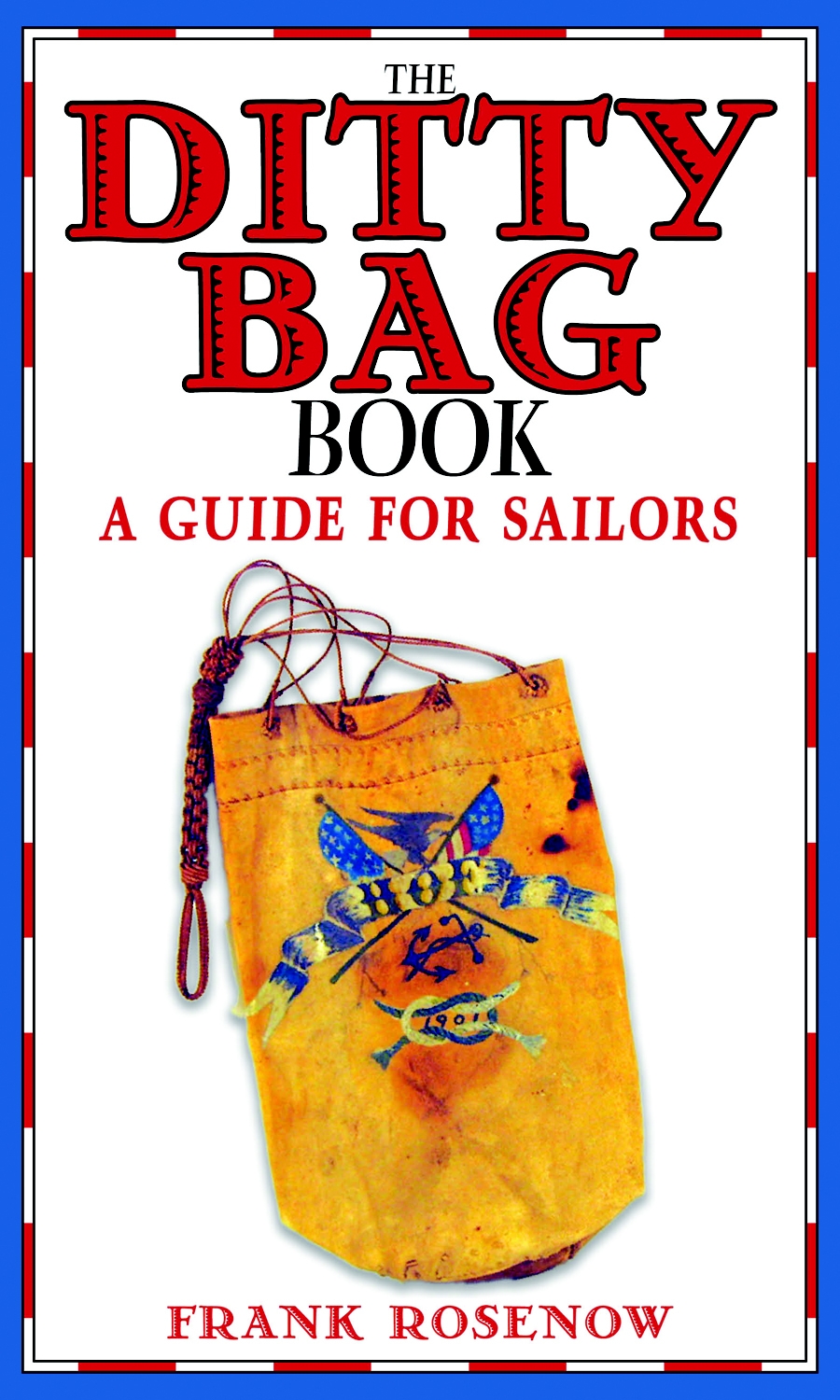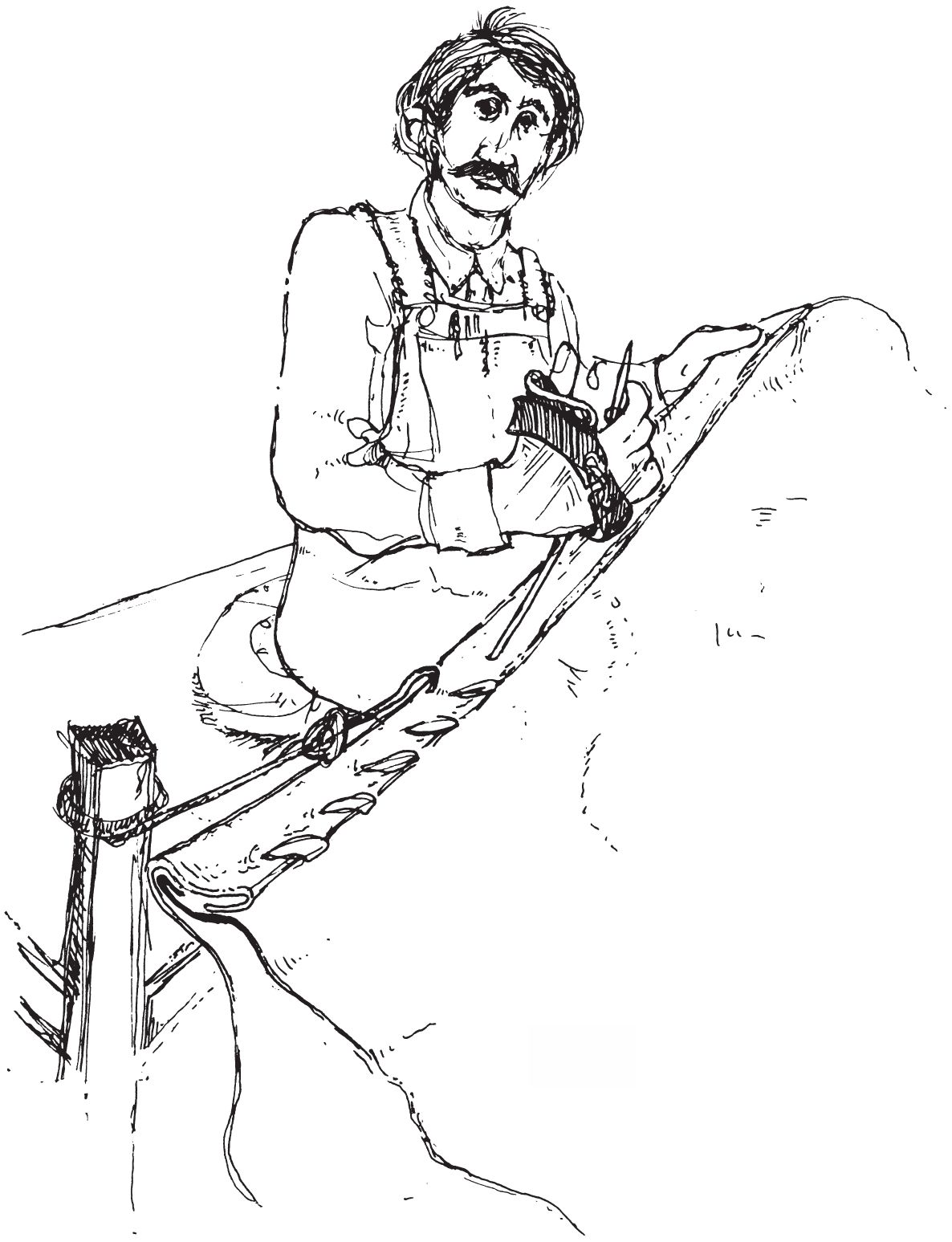Few things on board a boat afford its owner or crew as much satisfaction as keeping a trim craft in rope, rigging, and sails. To achieve this, the sailor of yore carried a cotton duck ditty bag with a carefully selected assortment of tools that enabled him, in substantial measure, to render the same services to his vessel as a full-blown sailmaker or rigger. The contents of the ditty bag also served as a darning kit for his wardrobe, and as a source of materials for practicing decorative knotting and other seafaring arts.
As such objectives are as legitimate and necessary on the cruising or racing sailboat of today, or can be undertaken for the sheer pleasure of it in some land-bound nook, I will here make an inventory of the traditional toolswith some additions prompted by technological advances and the reign of synthetic materialsthat you will find of use in all manner of canvas (including Dacron and nylon) and rope work on board.
The Sailmakers Bench
There is no denying that the ditty bag concept owes its tools and methodology in large measure to professional sailmakers and, to a lesser extent, riggers. Let us therefore begin with a passing glance at a right-handed sailanakers bench and see how it is professionally utilized, even though it is unlikely that this particular tool will fit into your focs.le, let alone the ditty bag.
The right-handed sailmakers bench shown in (for a left-hander, the bench ends and work direction would have to be mirrored) is designed mainly for hand seaming, but since its occupant has a wide selection of tools within easy reach, the wooden bench can be adapted to every phase of traditional sailmakingexcept panel cutting, which is most conveniently done on the floor. Benches employed in landlocked lofts are recognized by their straight legs, while a sea-going bench spreads its legs wide for stability as befits a nautical character.
The most comfortable height of the bench or the more compact sewing stool (an alternative for on-board use if fitted with an attachment point for a sailhook lanyard, a couple of holes for fids, and a. shelf or canvas bag for oddments) of course will depend on the length of your own legs. I am six feet tall with legs to match and work comfortably on the 15high bench in the drawing. This may seem low, but there is a reason for it, as we shall see.
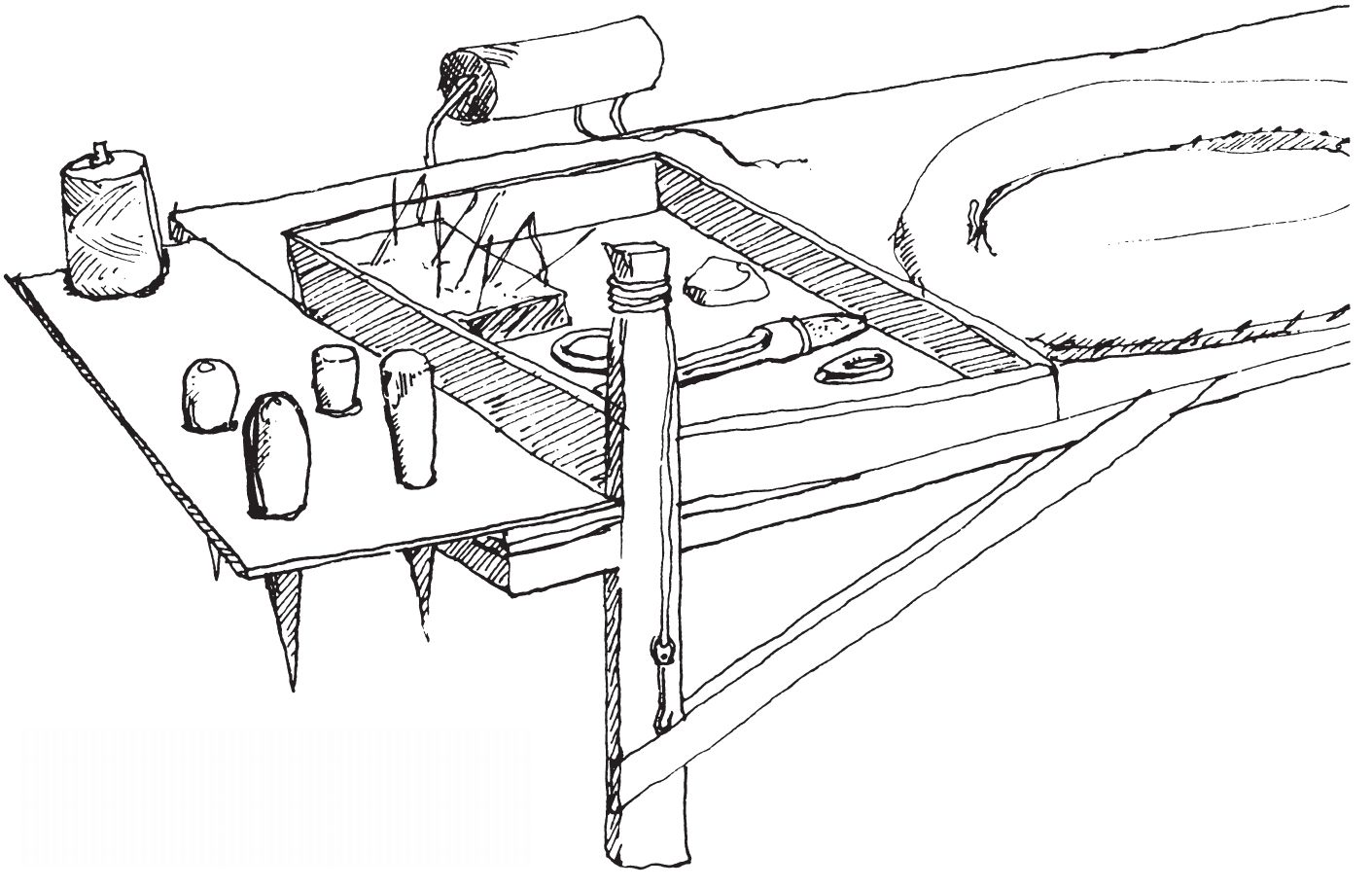
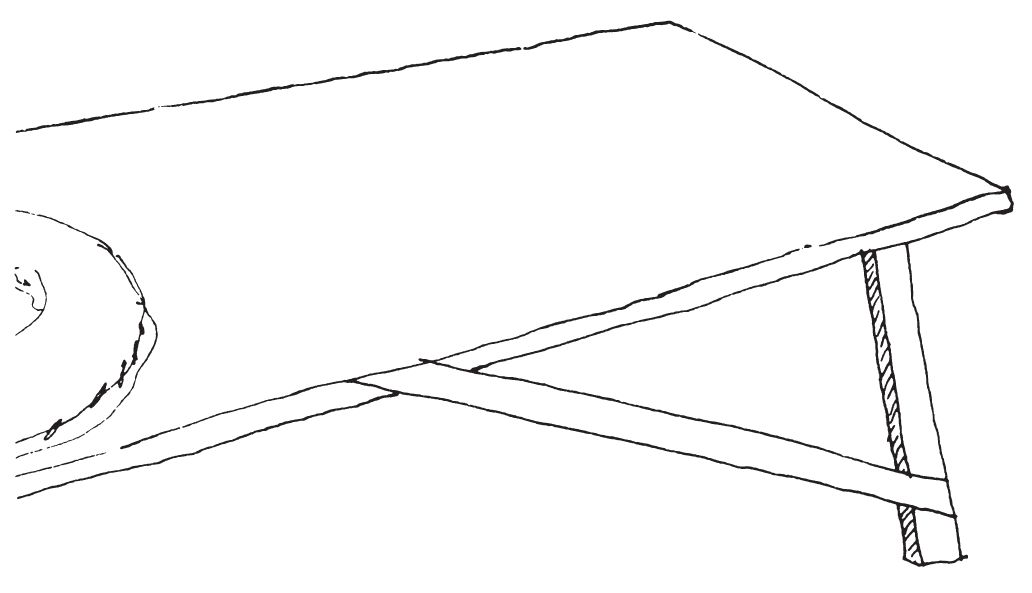
But try it out for yourself. Youre sitting on a cushion which can slide along the 6-long bench. On your right, theres a small, holed shelf to hold the fid collection, and a pin around which the roll of seaming twine can revolve. Nestled in just beside you to the right is a 10 16 area bordered by a 1 rim. In this cozy nook, which was referred to as the cow pasture when I was apprenticed, you can leave your palm and needles (stuck into a soft felt pad where they are readily at hand), along with clew rings, beeswax, knife, thimbles, and the half-dozen other items youll want within arms reach. At the far outside corner, the pasture is overlooked by a 20high post (actually an extension of one leg) which has a sailhook and lanyard twisted round the top. Some benches, notably in the U.S., lack this post, the sailmaker simply looping the lanyard through a hole, instead.
Our man on the job in demonstrates the hooks use. He is in the process of flat-seaming, joining two cloth panels which he has tucked in and overlapped at the edge to prevent fraying. The sailmakers hook is inserted at the seam, enabling him to tension the cloth with his left hand while taking stitches with his right. The lower cloth is doubled back so that left-handed tension can be applied near to where the stitches are being taken.
The workpiece is draped over his knees and, when positioned correctly, his upper body is nearly at a right angle to the seam, with stitches being taken in the vicinity of his right thigh. This is the reason for the low benchit elevates the knee to a position where a workpiece resting on it is within comfortable reach.
If you look closely, you may also be able to see that our sailmaker is using a roping palm. To heave home a stitch properly, he has let the needle slip out of the iron and under his ring finger, so that he can take a turn of twine around the thumb guard and pull tight on the stitch.
As the seam progresses, hell slide down along the bench on his cushion, unlaying the sailhook lanyard from the post from time to time to reinsert the hook closer to where he is stitching, thus lending stability to the work.
Knives
Clasp Knife
A sailmakers or bosuns principal rope and canvas toola stubby, broad-bladed knifewould be carried strapped to his back, where he could reach it with either hand when aloft. More often than not it was homemade. I recall, for instance, a fine-looking Norwegian sailors knife which bears the inscription: Laget av seilmaker Halvorsen av en saks i Australia 1900. (Fashioned in 1900 from a pair of Australian scissors by sailmaker Halvorsen.)
However, for the purpose of this sample inventory of a functional, present-day ditty bag, I prefer to break with such homespun tradition and introduce a smaller, more versatile type of knife.
For the first and foremost ditty bag tool, then, look for a handy clasp knife with a non-corroding blade. I use one with a 3 blade () might have a 4 blade, a catch to lock the blade in exposed position, and a hole for fitting a lanyard, and thus be more suitable for general use above and beyond ditty bag chores. All you really need for canvas and rope work, though, is one high-quality blade and a comfortable handle in wood or plastic.
A sharp, thin blade will make it a simple matter to cut sailcloth along warp or fill, or even on the bias if you have a penciled guideline. When cutting canvas (or, of course, its synthetic counterpart), spread the workpiece flat on a floor or clear deck space, tensioning the section to be cut with your left hand and/or knees and elbows. Do not cut from the top downward, but rather from under the canvas, with the knife blade pointed up.
There are those who use scissors in canvas work, but there is little a really sharp knife cant do as well, and with greater versatility.

